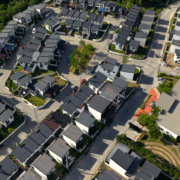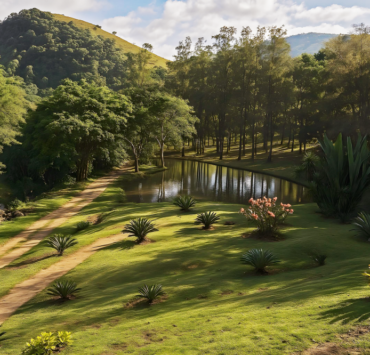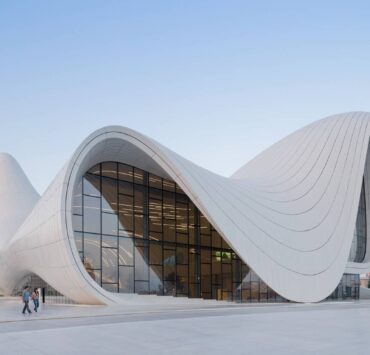Lipa’s rise as Batangas’ premier investment hub
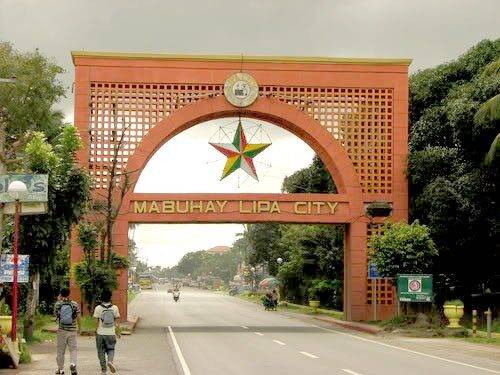
The City of Lipa in Batangas stands as a rising economic hub—renowned not only for its centuries old cathedral, world-class coffee, and beloved local dishes like lomi, but also for its growing economic opportunities and quality of life.
Early distinction
Dubbed as the “Little Rome of the Philippines,” Lipa was officially inaugurated as a chartered city—the first in Batangas province—on Aug. 31, 1947 through Republic Act No. 162.
Long before gaining cityhood though, Lipa already earned distinction for its exceptional coffee. In the 1800s, a booming coffee industry transformed it into one of the wealthiest municipalities in the Philippines.
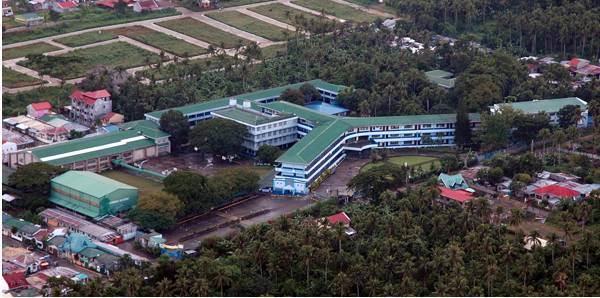
This prosperity led Queen Regent Maria Christina of Spain to elevate Lipa to “Villa de Lipa” status in 1887 and grant it an official coat of arms. To this day, Lipa continues to celebrate its rich coffee legacy as it has remained a key player in the Philippine coffee industry.
Now a first-class component city with a population of over 372,931 based on the latest census, Lipa City has become increasingly attractive to migrants due to its rising economy. In recent years, people from Mindanao, Bicol, along with a growing number of Indian and Korean nationals, have been migrating to the city—transforming it into a vibrant melting pot of cultures.
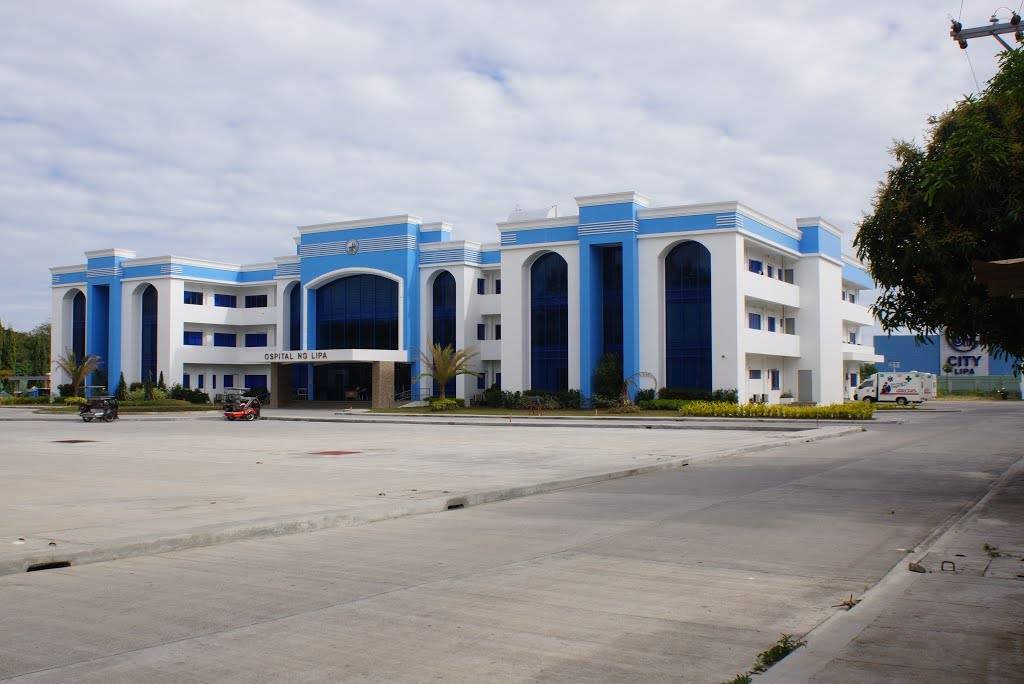
Rising economic powerhouse
According to 2025 data from the Philippine Statistics Authority (PSA), Calabarzon’s economy—where Lipa City belongs—grew by 5.6 percent in 2024, driven largely by manufacturing, financial and insurance services, as well as human health and social work activities.
In 2022 alone, Lipa saw a remarkable 42 percent increase in new business registrations, bringing the total to 10,043 business establishments. This growth reflects strong investor confidence and a robust local economy.
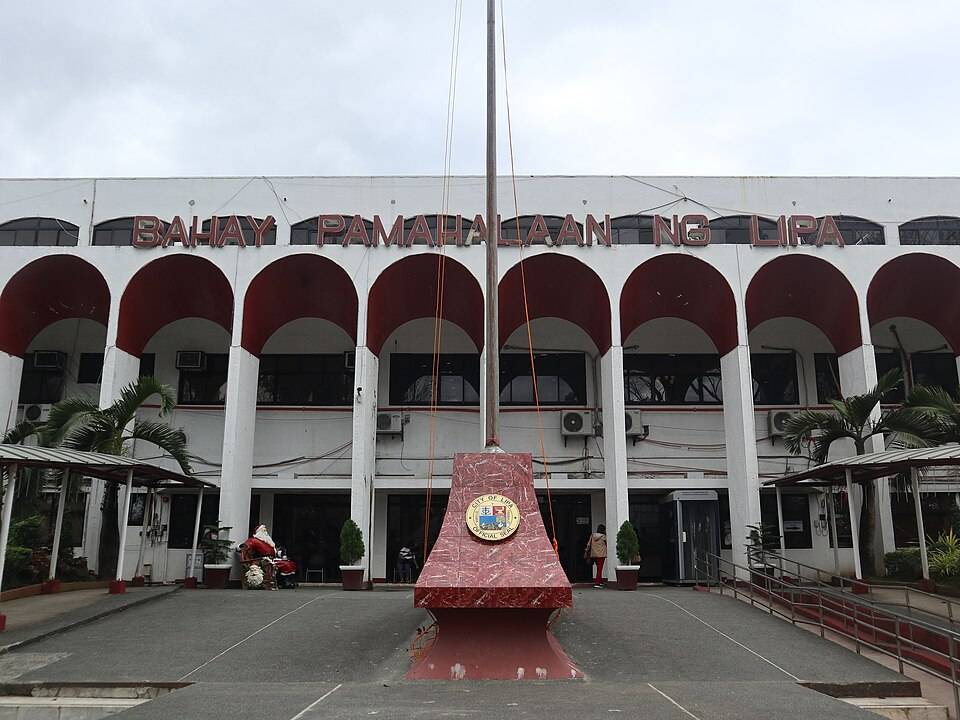
According to Colliers Philippines, Lipa’s economy in 2021 expanded by 2.33 percent, marking one of the highest growth rates among areas near Metro Manila. The city also had the highest deposit accounts in Batangas that year.
The industrial estate and the retail trade sectors have also seen significant growth in the city, providing employment for locals. The IT and business process outsourcing (IT-BPO) industry continues to thrive as well.
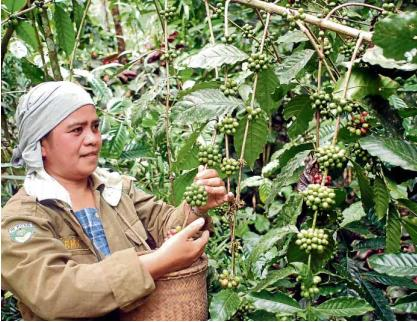
Strong agri sector
Despite urbanization and industrialization, Lipa City retains its agricultural identity. With 2,595 hectares of rich volcanic soil, the city remains a stronghold of food and crop production. Fruits, spices, root crops, poultry, and livestock further diversify the local farm economy of the city.
Emerging trends in organic farming, mushroom cultivation, and agri-tourism also point to a booming agricultural sector, blending tradition with innovation.
Beyond its rich history and impressive economic growth, Lipa has evolved into a burgeoning metropolis, offering a unique lifestyle that blends modern conveniences with the natural charm of Batangas.
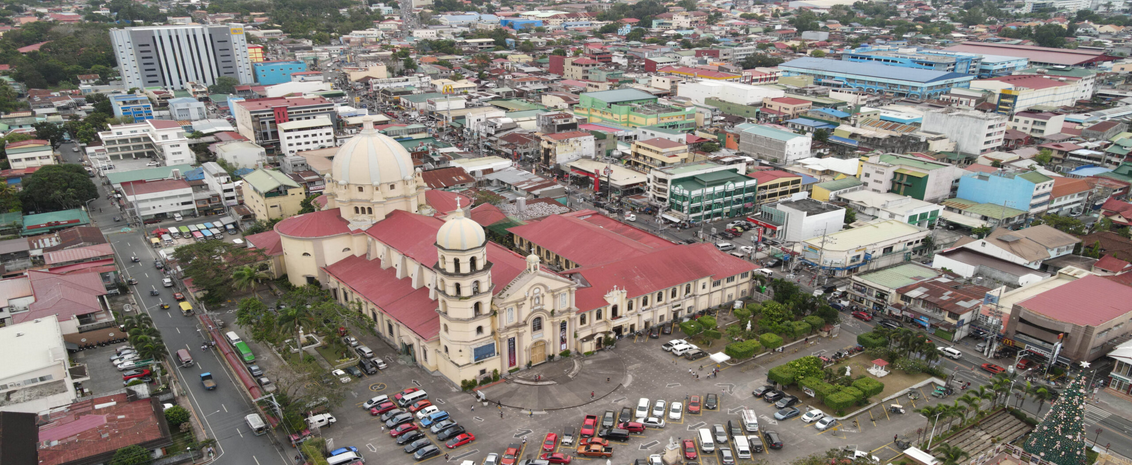
Livable, strategically located
Lipa’s elevated location—1,025 feet above sea level—grants it a cool tropical climate, with temperatures about five degrees lower than Metro Manila. Its pleasant weather, combined with urban amenities and a relaxed pace of life, makes it an ideal place to live.
Strategically situated an hour and 45 minutes from Metro Manila, Lipa is easily accessible via major road networks such as the South Luzon Expressway (SLEx) and the Southern Tagalog Arterial Road (STAR Tollway).
The city’s transportation infrastructure has also seen significant improvements. As of 2022, Lipa is served by three major terminals and a total of 90 public utility vehicles operating throughout the city, not including those serving the various barangays.
Lipa’s prime location and efficient transportation network facilitate seamless mobility for both residents and investors, while ongoing infrastructure developments continue to enhance connectivity across the region.
Despite its proximity to Taal Volcano, Lipa lies outside the immediate danger zone. Protected by Mount Macolod, the city is designated as the primary evacuation site during periods of volcanic activity.
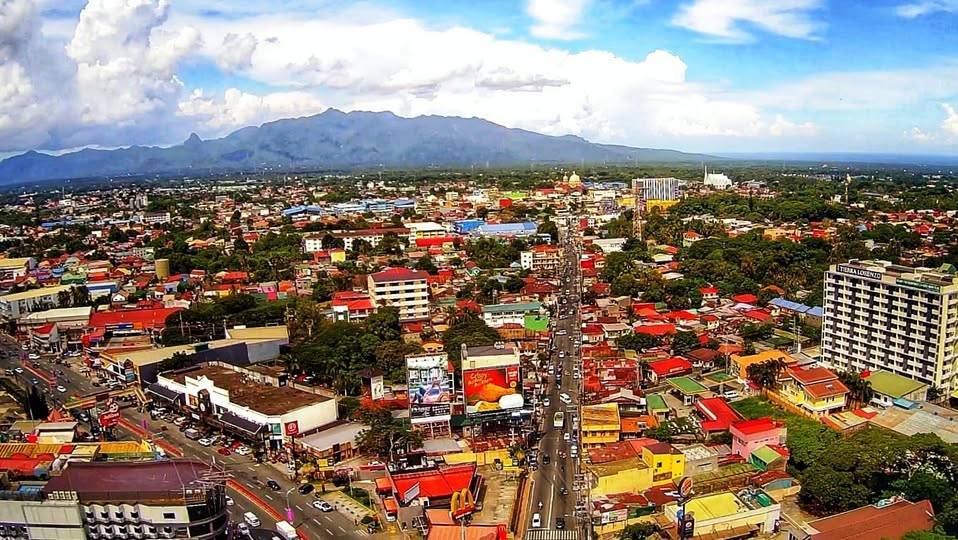
Education, healthcare
Lipa is also known for its commitment to education, with 95 private and 86 public schools catering to K–12 and tertiary students. The city also boasts six private and one public technical-vocational schools. With an impressive literacy rate and an abundance of learning institutions, Lipa is a scholastic haven.
In terms of healthcare, Lipa serves as a medical center for neighboring towns, especially during the COVID-19 pandemic. It is home to numerous public and private hospitals including Ospital ng Lipa, Lipa City District Hospital, and more.
According to the city’s official website, Lipa will have three more big hospitals in Bugtong, Banay Banay, and Antipolo del Sur, set to feature modern medical facilities to meet the city’s growing healthcare demands.
Sources: Inquirer Research, psa.gov.ph, lipa.gov.ph, lipacity-cdrrmo.com








